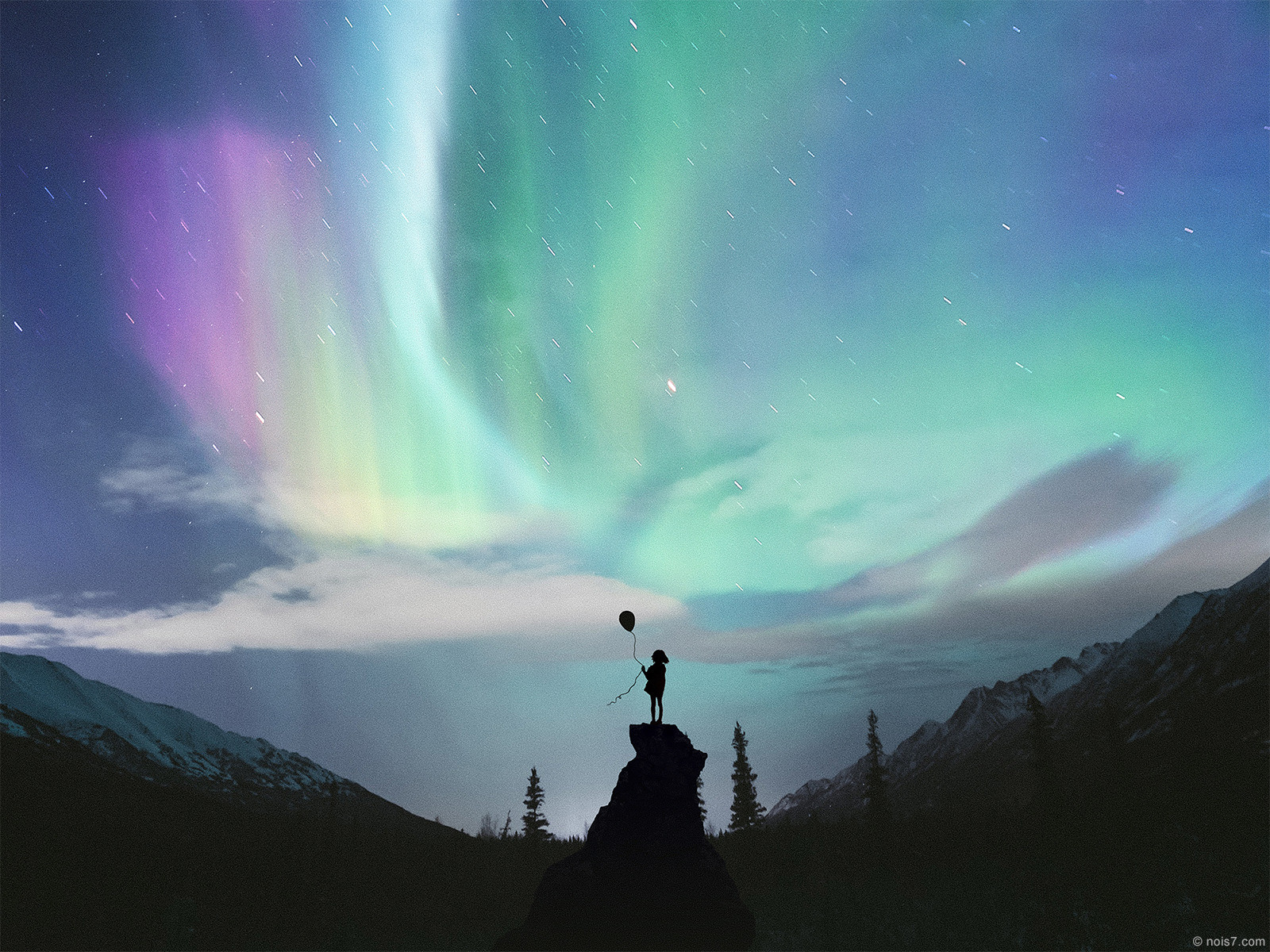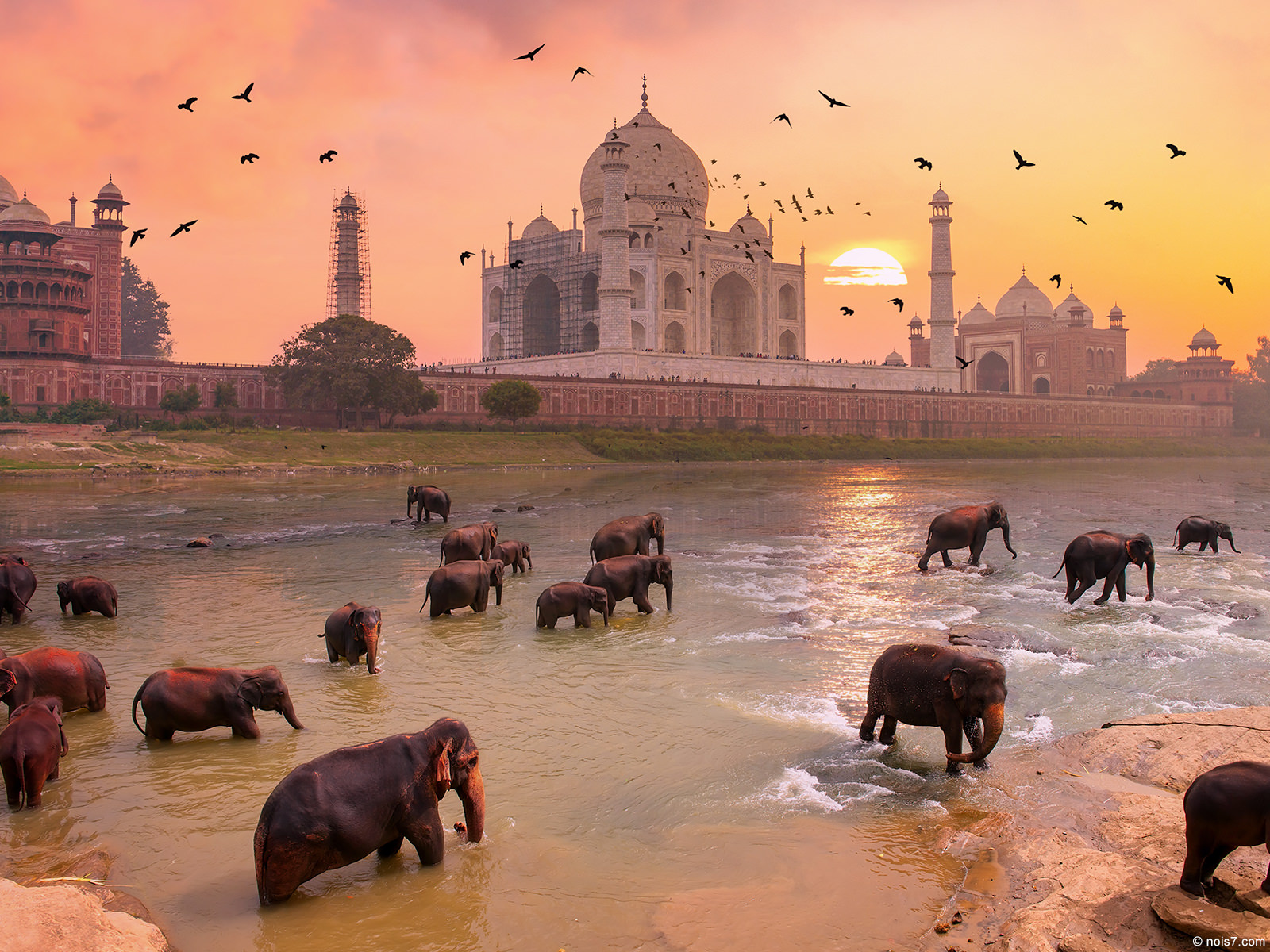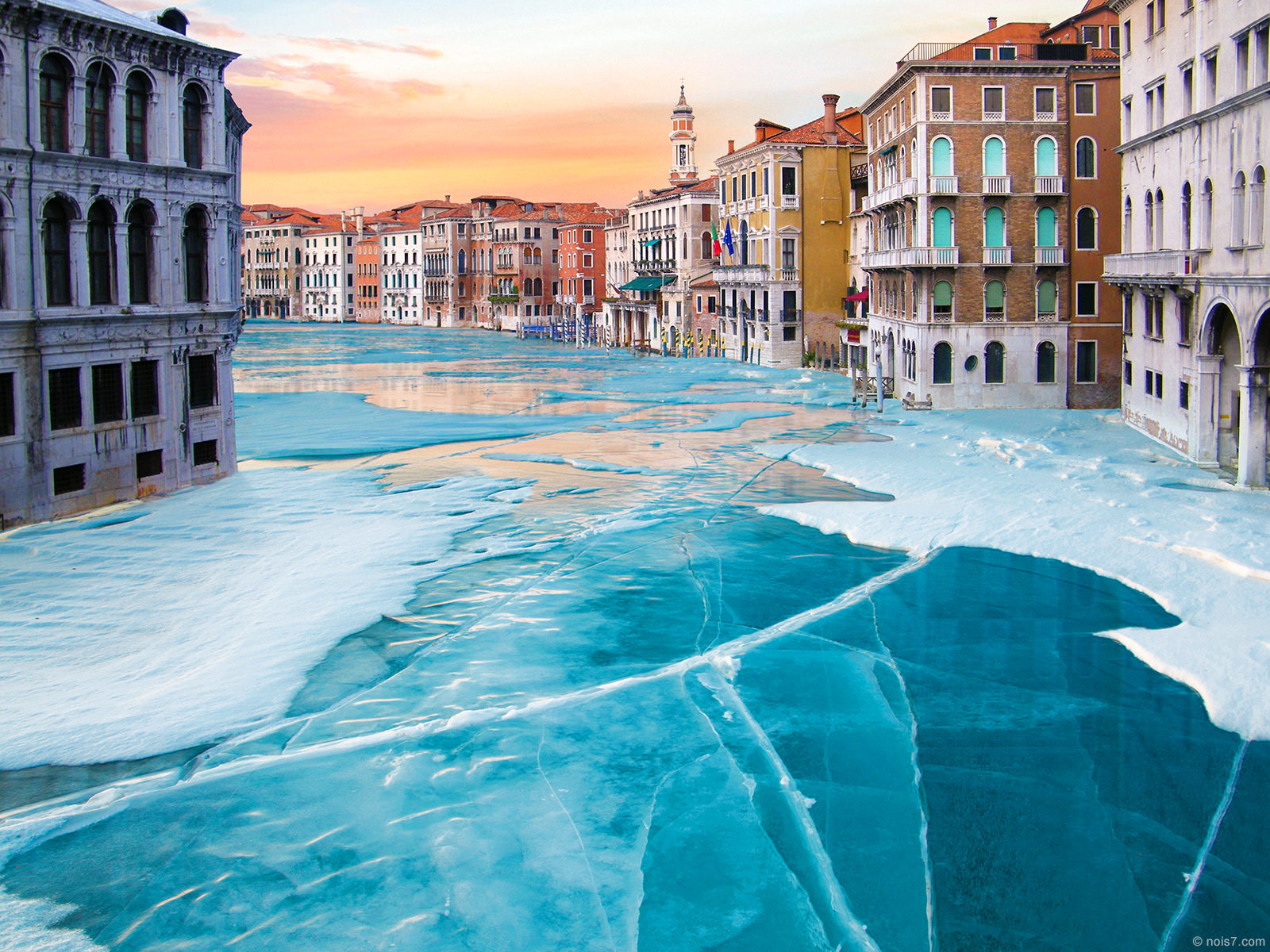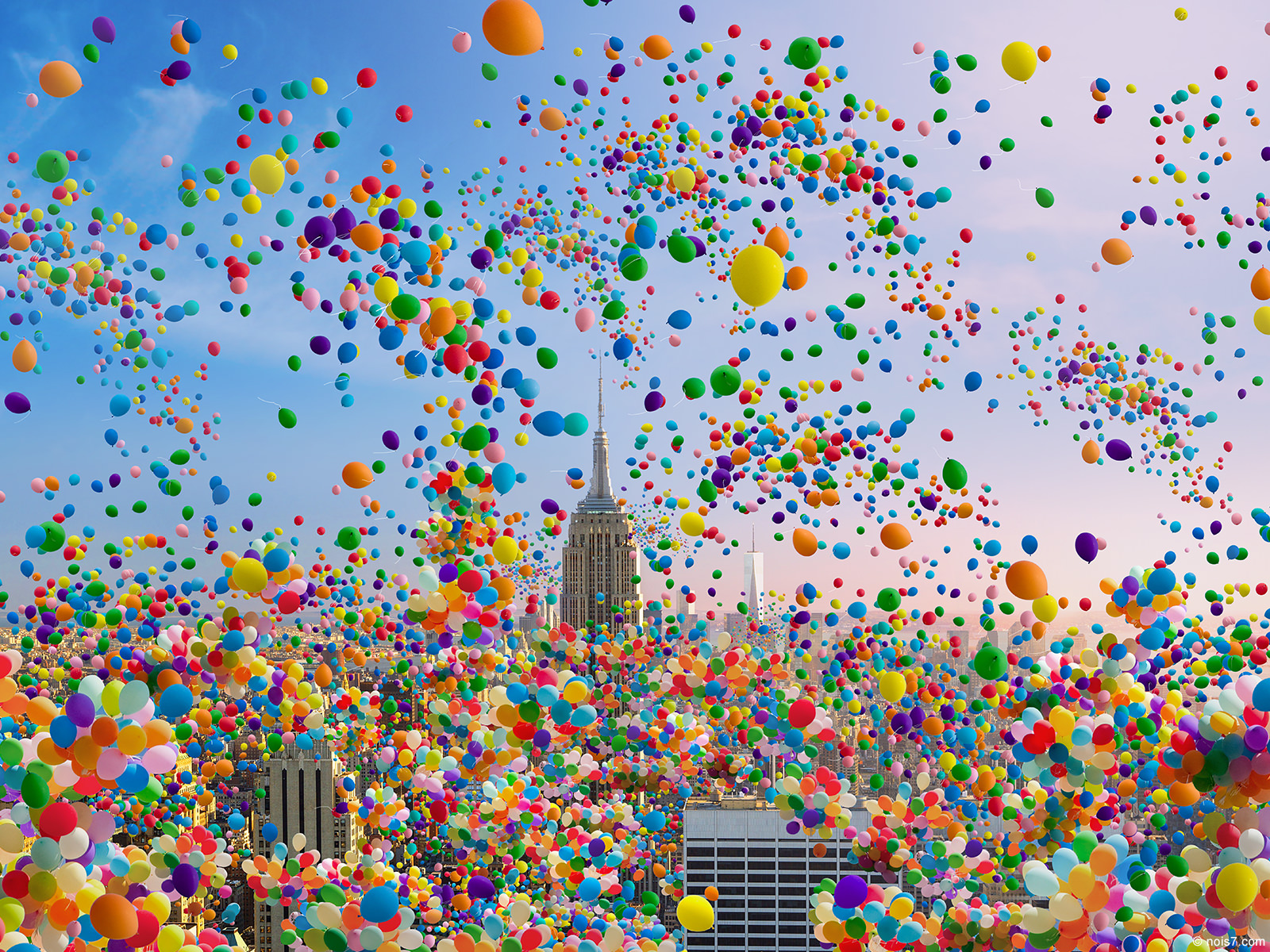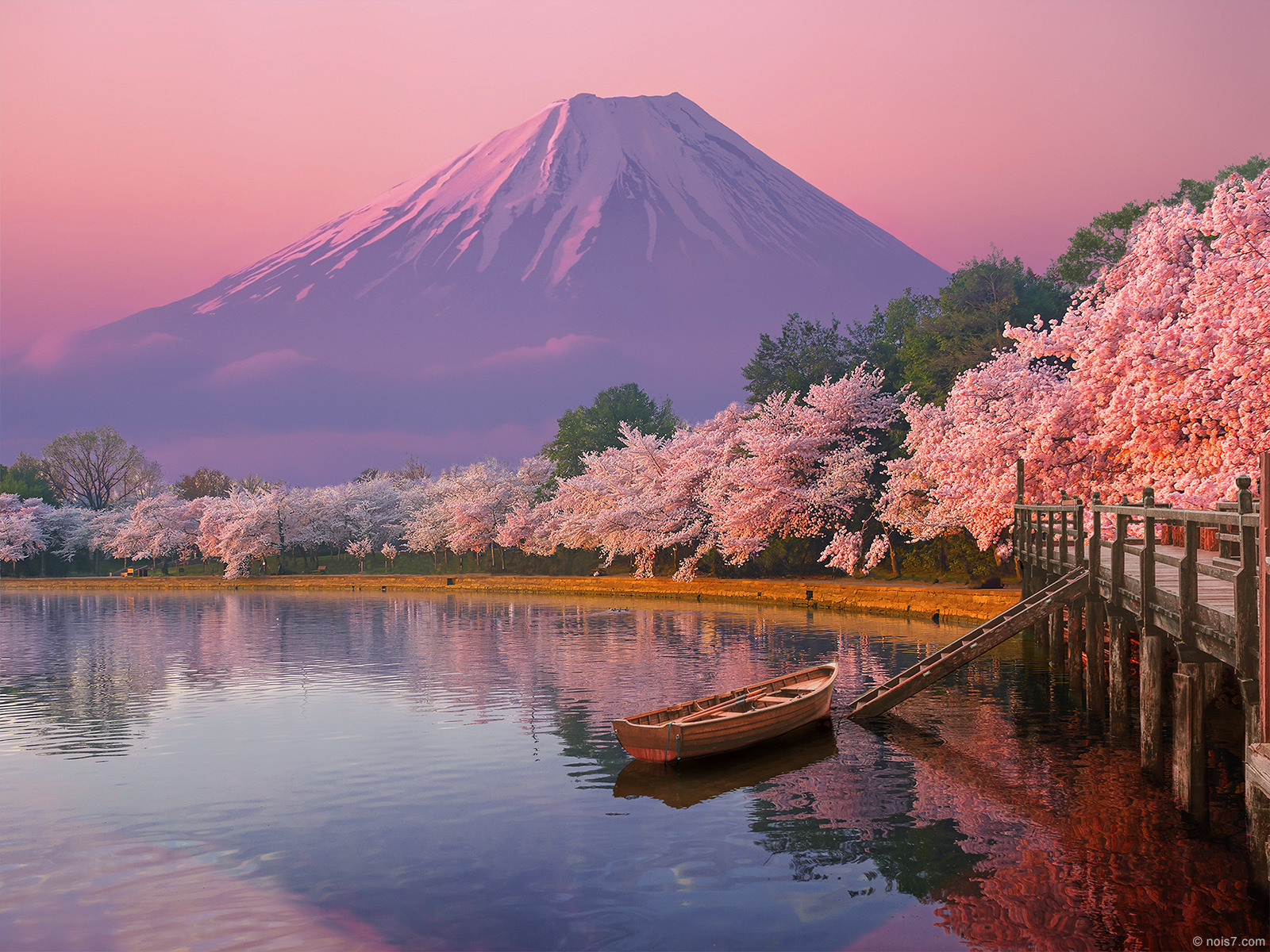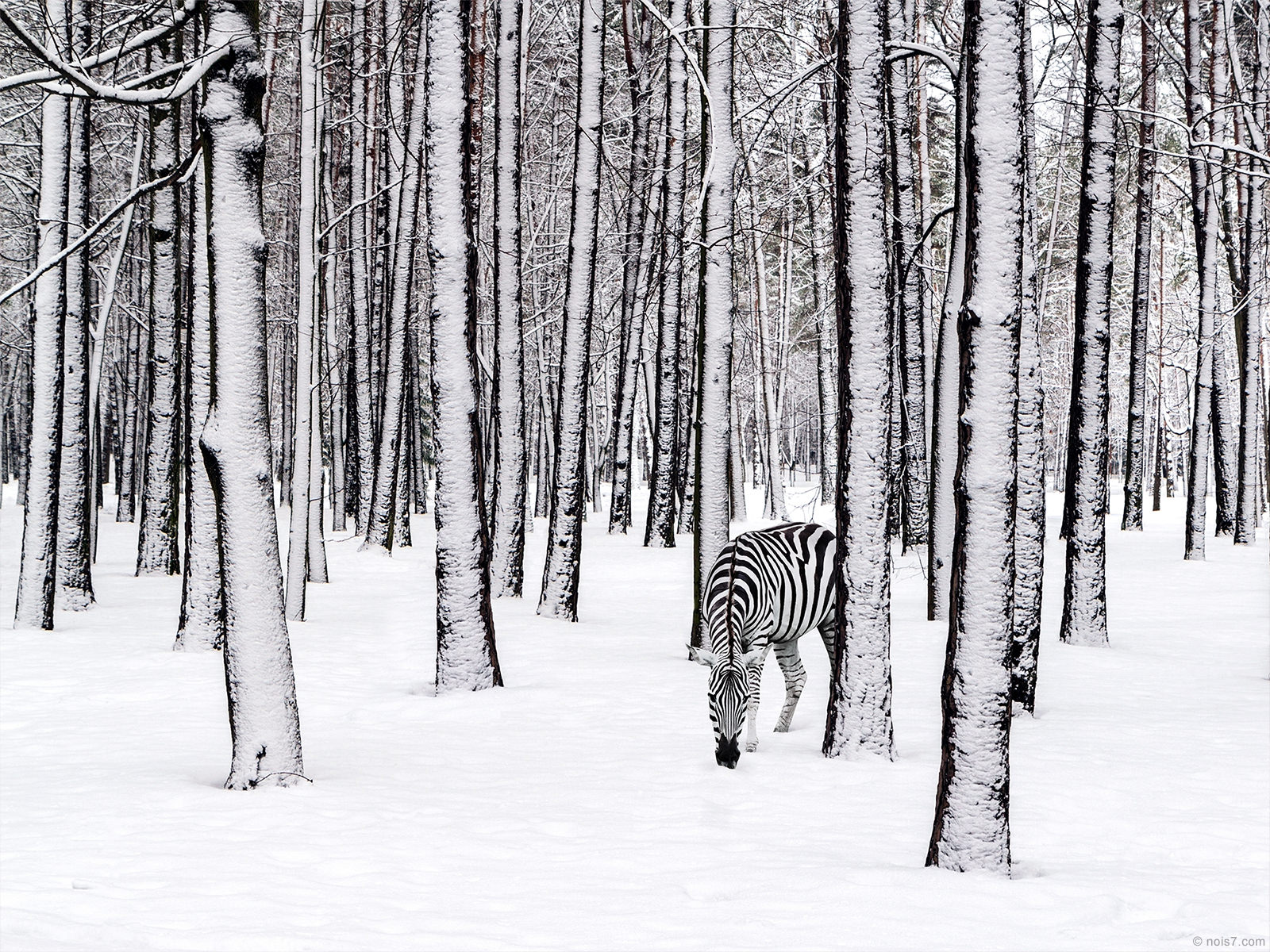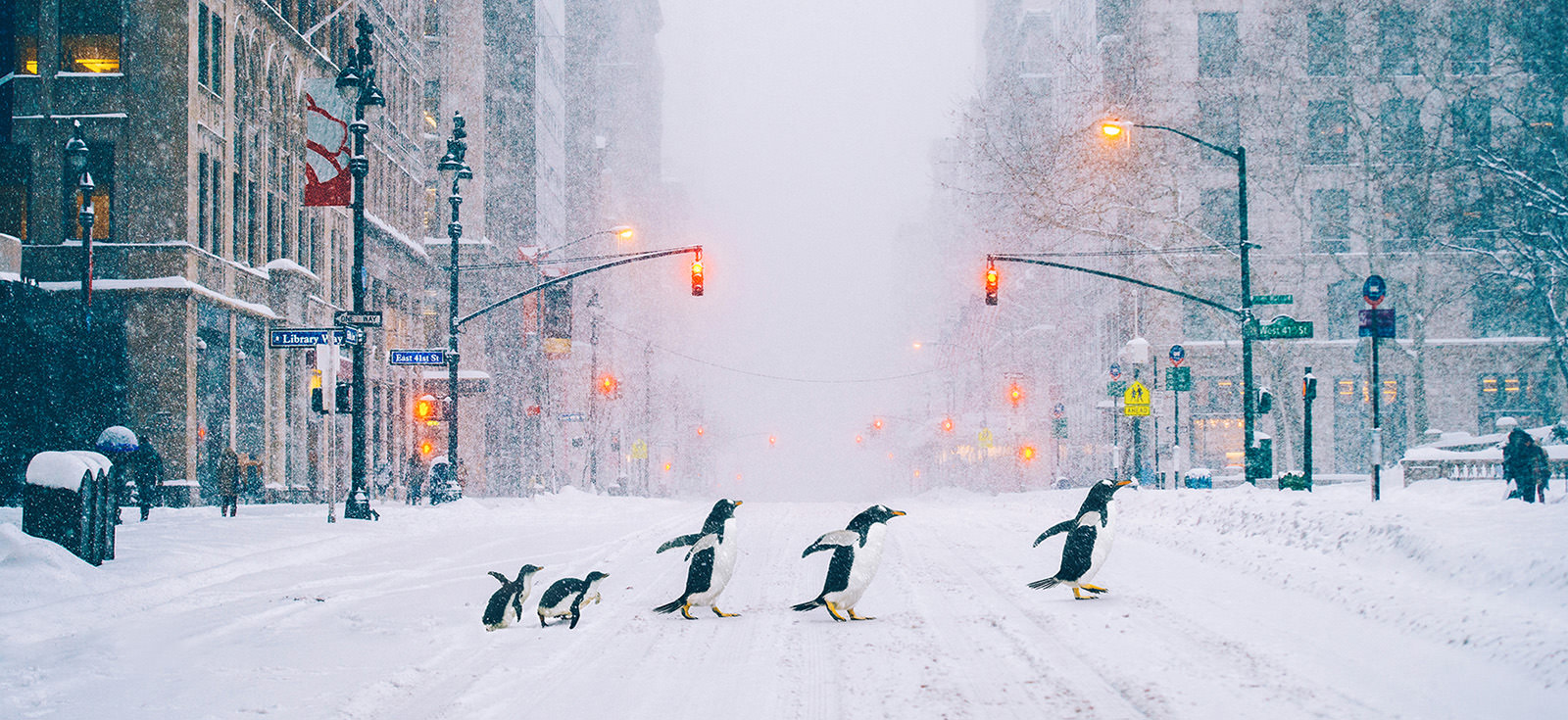
Penguins in NYC and Whales in Venice: The Believable Surreal Artwork of Robert Jahns
About five years ago, the Instagram world was introduced to a young, creative German artist who made surreal, yet realistic and believable images using only his iPhone and some editing apps. Now, Robert Jahns is considered one of the world’s leading modern digital artists and one of the 50 Best Instagram photographers to follow.
The artist not only took Instagram by storm, but has been featured in top global publications, worked with many of today’s leading brands, and avidly collaborates with other photographers and Instagrammers to create beautiful, dreamlike artworks. He’s also just released his new picture story book, World of Dreams.
We got to talk to Robert about the new book, how he comes up with the concepts for his incredibly unique compositions, and the importance of defining your own style as an artist.
You’re known for your surreal photo manipulations. Can you explain your style and how you got into that?
Sure. I create surreal looking images where you never really know if something is real or not real and this is what makes my work pretty exciting. I started on Instagram because I wanted to receive feedback about my work. I was pretty late to Instagram; it’s been almost five or six years maybe, but I was still late to the game. But at some point I realized the huge potential of social media so I started to post my work on Instagram and then later on Facebook. Especially with Instagram, it was possible to reach so many people all over the world and I was able to meet new photographers, discover new inspiration, and I collaborated with many photographers from all around the world. It was a great experience for me.
I’ve been interested in photography and image editing for 17 years now. I’m 30 and I was 13 or 14 years old when I started with photography and editing. It was a huge passion of mine, and with social media and the web, it was possible to share my creations with the world. To see all the great feedback and to interact with all these people from all over the world opened my eyes and it was incredible to see that so much was possible.
You just released a book called World of Dreams. Can you tell us a bit about it?
It’s something I always dreamed about doing. And I had the amazing opportunity when I was contacted by a publisher in Germany about publishing a book. They saw my images, and realized that I’m quite popular online and that I reach a lot of people. They wanted me to think about concept for the book. I had nothing, just artworks, and I was thinking about what to do. It could have been a tutorial book, a book about my life, but I decided to put a very dreamlike, emotional story to it.
The book is about a girl who whose name is Sam and she’s lying in bed one night, falling asleep and she begins to dream. In her dream she’s visiting many different places and she’s having lots of adventures. And all these locations and adventures she’s experiencing are like my artworks. So when you read the story, you’re starting to dream and you start feeling like, “Is it real or is it not real?” And it could be real because it’s written like that. It’s very dreamlike. If you read the book, I think you are able to start dreaming for a moment and forget about everything that’s happening around you.
You wrote the story as well as did the images?
Yeah, I wrote the whole story and I created all the images. So everything is from my mind. It’s so amazing to now have this book lying on the table that you can actually read. It’s so good to see it in the stores everywhere in Germany.
It’s not a children’s book, you wrote it with adults in mind as well. It’s for everyone, is that right?
Yes, that’s correct. I did test it on my niece though. She’s turning seven in a couple of days and she loved it as well. You know, it’s written very visually so if you read it word by word, you’re able to create your own vision for each word. It’s written very emotionally and visually, but for children as well. They can understand it in their own way and see the pictures in it so they understand the story. But I think, of course, children will understand the story and the meaning of the story differently than an adult.
What are you hoping people take away from the book and your images?
I want to inspire people to dream big, to think outside the box, and to live… to have a positive outlook on life. I am an adventurer and I love going out to explore new things in new cities and countries. It’s all out there. You just have to take your time, take chances and be fearless sometimes, and go live.
How did you get started in digital manipulation?
I experimented a lot. The first photo I think I ever took was of a flower in my dad’s garden – just to experiment with the camera and depth of field. I’m known for my surreal artworks, but I also like portrait photography. I like to work with people and I like model shoots with them in beautiful dresses and beautiful locations. I like landscape. Of course, when I travel I always bring my camera. I even tried conceptual photography just to see what’s possible. There are some great photographers out there who do this and I got inspired to try my own.
I created some very conceptual photos, which has nothing to do with my work now. But, I tested myself out in many fields and now I know what I like; I like surreal art. I like portrait photography. I also like making videos. I think trying out a lot of different stuff is very important to see what you like best.
I think that’s good advice for other photographers who are just starting out or trying to find their own style. Was there a moment when you actually started to think of yourself as a photographer and an artist?
Yes. I tried to figure out my personal style for many years. I think it took me three years before I was sure that I found my style because I suddenly realized every image I put out had the same look and feel to it. It had my personal touch to it. People were able to recognize my images. From that point, I realized, okay, I found my personal style. I love my personal style. I’m very happy about what I do and the look of the pictures. And this was the moment where I realized, yeah, I’m photographer; I’m an artist now.
By sticking to one specific style, do you find that it’s hard to come up with new concepts or is it quite easy to keep being creative in that realm?
It’s both. My mind is full of ideas all the time, which is sometimes very exhausting. I heard this happens with Elon Musk as well. I watched an interview about him, and his head is constantly working. It’s similar with me when I’m at work, or even when I’m not at work, which makes it even more exhausting. My brain is always running and whenever I look at images, I listen to music, or I go out for a walk, I constantly get new ideas. So I get inspired by everything and that’s why, I think at the moment, I’m working on 200 different artworks at the same time.
I try to push my creativity and it’s my personal challenge because I see so many photographers who put out the same photos every time. It’s their style, which is okay, but there’s no unique concept to it. Maybe they’ll have the model do a different pose, but it’s not a very different concept. For me, I also like to work with lights or with reflections sometimes. I’ll add a couple of elements, like balloons, which are key in my work sometimes. I try to bring entirely different concepts to my art.
For example, the image in Venice, I would not really do one in Chicago. I could do that. I think I would like it, but I don’t want to because it doesn’t challenge me personally, or creatively.
What’s your creative process like? How do you come up with the images, decide on them, put them together?
I’m sitting at the computer, I’m looking through images, or I look at Pinterest, at Instagram, and I see images which I think are interesting. And I always think, “What if?” This question opens everything up for me. I see a beautiful image of, I don’t know, the New York skyline and I think this is a nice shot. I love the city and the energy of it. I want to make people smile and I want to make their day, how can I do that? I like colors; I like balloons. What if I just fill the whole city full of balloons?
This is also a story in my book. Sam is meeting Ben. They’re sitting on a rooftop in New York watching over the city and Sam is telling Ben that she wants to make people smile. She decides to go down to the city and give everyone a helium balloon. And everyone who receives one is smiling because balloons and colors make people smile. So the whole city of New York, the skyline, is full of helium balloons and every single balloon represents a smile. The whole city is happy and smiling and very positive.
That’s one way to think about ideas from nothing, from one image to the final concept. I also try a lot of different images out when I’m working. For myself, for my art, colors are very important because every color gives you a different emotion. Let’s say you’re looking at a sunset with a beautiful mountain landscape and you see the sun setting below the clouds. It’s a very orange feeling and you directly feel warm; you calm down, your mood lightens and you have a feeling of warmth run through you.
Or when you have an image in a forest, where it’s blue and dusk and everything is foggy and cold. Maybe you can even smell the fog or feel like your skin is getting wet. All of these emotions that you can work with are very important because you can change one artwork totally if you work with different colors.
Can you give us a bit of a step-by-step of your editing process?
Yes. Photoshop, of course, is most important. Lightroom, not so much for my artworks. When I create my artwork, when I finish in Photoshop, I put it in my smartphone, which always looks different on the smartphone screen. I always work with these standards editing apps, like the VSCO app. There’s an app called Unum where you can organize your Instagram feed before you post something. So I see if the image and the colors and everything looks nice compared to other images of mine.
It’s quite interesting because four years or five years ago, I was featured in lots of media and press articles because I created my artworks with an iPhone. No one believes me that it’s possible, but I did. So that’s what everyone got excited about. Even now when I get interviewed, people say, “You’re editing your images with an iPhone, that’s amazing.” And I have to say, “Oh yeah, I did that four years ago, now I’m working more professionally. I have new equipment and everything so I can work in higher resolutions.” But, yeah, I actually started with apps and an iPhone.
When I created the artworks on the iPhone, everything was done with the phone, including the editing and the composition of the photo. It was like Photoshop in your pocket. The app is called Artstudio. Not a lot of people know about this app, but it’s so incredible, to be honest. There’s so much you can do. You can create your own brushes and you have all the settings like in Photoshop. You have layers, masks, everything you can imagine. In the past, I created the artworks with the Artstudio app, and then I edited colors and tones with the VSCO app and I put it out on Instagram.
Now I create the artwork in Photoshop and do all the colors and everything there. But I still always like to add a little bit of VSCO filter to it because it settles down the saturation a little bit sometimes.
How do you go about finding or getting permission to use the images you decide on?
I’m sure you know this, but you can’t just take any image that you find on the internet and use it for your own work. That’s not legal. Many people do that. I’ve seen it happen a bunch of times, but it’s not good to do that. There are a couple of ways I work with my images. I travel a lot so I’m able to take thousands of photos. In the last two years, I did two around the world trips and was able to see many beautiful countries. Everywhere I go, I bring all of my equipment and I take photos and videos. So, I have many images on my external hard drives that I can use.
I also like to work with other photographers. It’s a fantastic way to find inspirational talks, to receive images that you are not able to take yourself. And of course, it’s great if you both post the images on social media. You will gain new followers through that and it tends to grow. Also, I work with stock photos if I don’t have any of my own, or cannot use others’. There are a lot of free stock photos out there which are just incredible. Also paid, millions of paid images, which I also use sometimes. There are endless possibilities for me to use images, which is fantastic.
This has become a huge issue, copyright infringement and just stealing other people’s images online. What would your advice be to other photographers who are just getting started and maybe don’t know the rules yet?
I think it’s always important to be original as a photographer, as an artist. There are so many people who just copy my ideas and create their own artwork with the same idea. I’ve seen so many Winter Venices, Frozen Venices. Lots of concepts I created have been recreated by other artists who are now getting successful because of that. It’s very important to be original because as an artist, I hate seeing that. I put so much love into my work and when I see others just copying my idea and putting out the same stuff, it’s not really nice.
Also, I think if you create something on your own, if you go out and take photos, if you create artworks on your own, if you look into your mind and think about concepts and ideas and you put in so much passion, love, and energy that you can feel when you create the object, then it feels so good. It feels so good to create your own work and not just copy.
What about when a photographer or artist is just starting out, what do you think about them mimicking a style until they find your own? When you started out, were there any other photographers that you most admired or that influenced your work in any way?
To be honest, no. How can I explain? There aren’t any artists who are doing similar work as mine who I look up to because I don’t know any others who are doing the same work with the same quality that I do. I get inspired by normal photos very often because then, in my brain, it clicks and I have an idea for a new concept. If I see other artists who do the same or similar work that I do, I also directly see one of my concepts in their work. So I know these artists know my work and get inspired by it.
I think if you get inspired by something and you put out very similar work, it would be nice to just write, “Inspired by…” when you’re sharing it. Or if you are just discovering your style and you’re playing around or copying someone’s work exactly as a way of learning the process, then don’t put it out to the internet.
That’s a good point. Like you said, I’ve never seen images like yours at the same quality, they’re completely unique. Hence, the book offer. The book is out now. What’s next for you?
The book is selling now. What I’m working on now is actually setting up a little studio here at home. It’s a lot of work. I bought some softboxes, lights to set up. I bought some microphones because I would like to do more interview style stuff. I think if people see this interview, they might get inspired and feel the need to create something. I don’t do any kind of tutorials or Q&A stuff, and I don’t talk about my work a lot, but I think a lot of people would be interested in that. So, that’s why I would like to do more of that, to tell people what I have in mind and share my process.
If you’re interested in learning more about Robert’s process, follow him on Instagram and Facebook. You can also keep up with his latest videos featuring highlights from his travels and Instagram and creativity tips.

